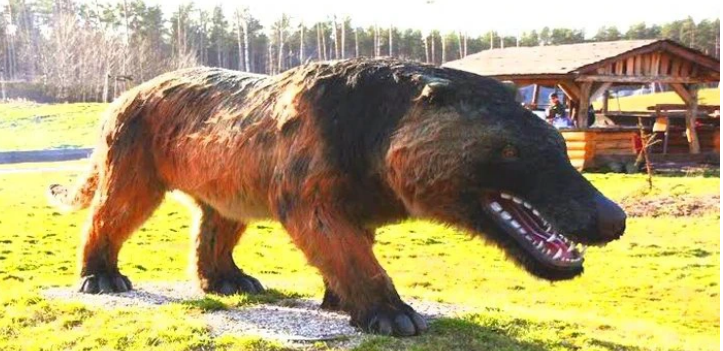
5 Dangerous Animals That No Longer Exist
Published on June 1, 2022 at 5:54 AM by Face of Malawi
scary animals that we are glad are extinct.
These ferocious and vicious beasts have been extinct for quite some time, but they remain terrible.
The Earth has existed for billions of years, and while we commonly consider dinosaurs to be among the most terrifying creatures imaginable, there have been others that were even more repulsive or terrible. These ferocious and vicious beasts have been extinct for quite some time, but they remain terrible. We’re fortunate that these 25 terrifying monsters, ranging from sea creatures larger than the Titanic to elephant-sized crawlers, can only induce panic attacks.
Euphemism (Giant Centipede)
Let us introduce you to the Euphoberia, which resembles centipedes in everything but one respect: size. We do not know much about the Euphoberia’s diet, but if a regular centipede can consume birds, imagine what a three-foot-long centipede could do.
Dragonflies.
are not particularly gorgeous, but the Meganeura is an exception. It resembles conventional dragonflies, but its wing span can reach 26 inches, making it one of the largest known species of flying insects on Earth.
Spinosaurus.
The Spinosaurus was the largest carnivorous dinosaur in the world, reaching lengths of up to 18 meters and weighing up to 10 tons. The diet of this species included fish, turtles, and even other dinosaurs.
Arthropleura.
The Arthropleura was the largest known land invertebrate species, inhabiting North America and Scotland between 340 and 280 million years ago. Its form is grotesque, and anyone with a fear of creepy-crawlies or insects will loathe it. Despite its huge size and menacing appearance, it was simply a herbivorous arthropod and reached almost 9 feet in length.
Megapiranha.
Piranhas are horrible, nightmare-like creatures that are nothing but deadly. Would you believe that an ancient relative of the piranha known as the Megapiranha existed? The Megapiranha, which lived in South America between 10 and 6 million years ago and measured 20 to 30 pounds (compared to 2 pounds now), fed on snakes and crocodiles.
If you liked this story, click the “like” and “follow” buttons to continue receiving updates from this news source. Also, remember to share this news with your friends and family via other social networking applications. Thank you.


